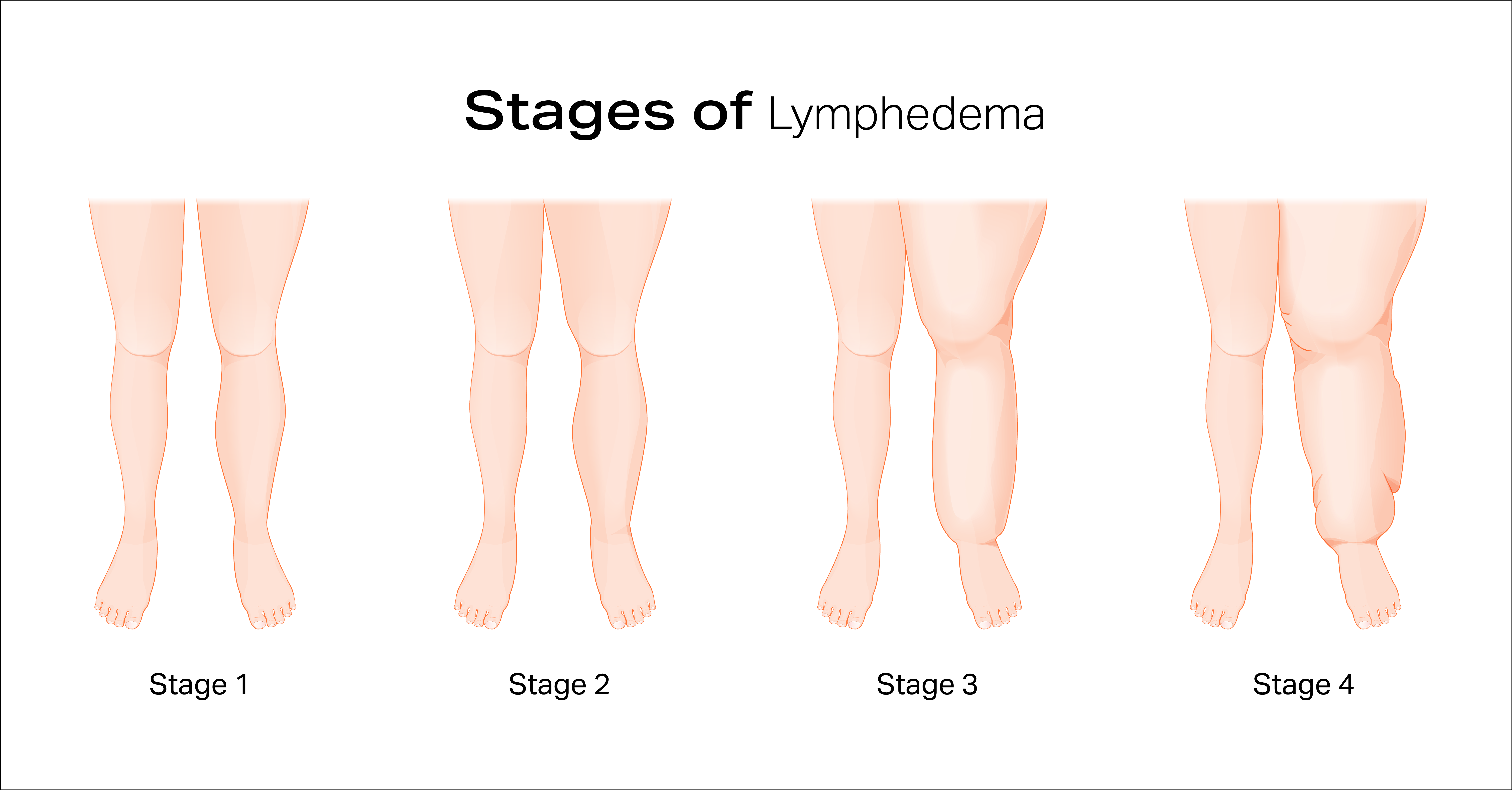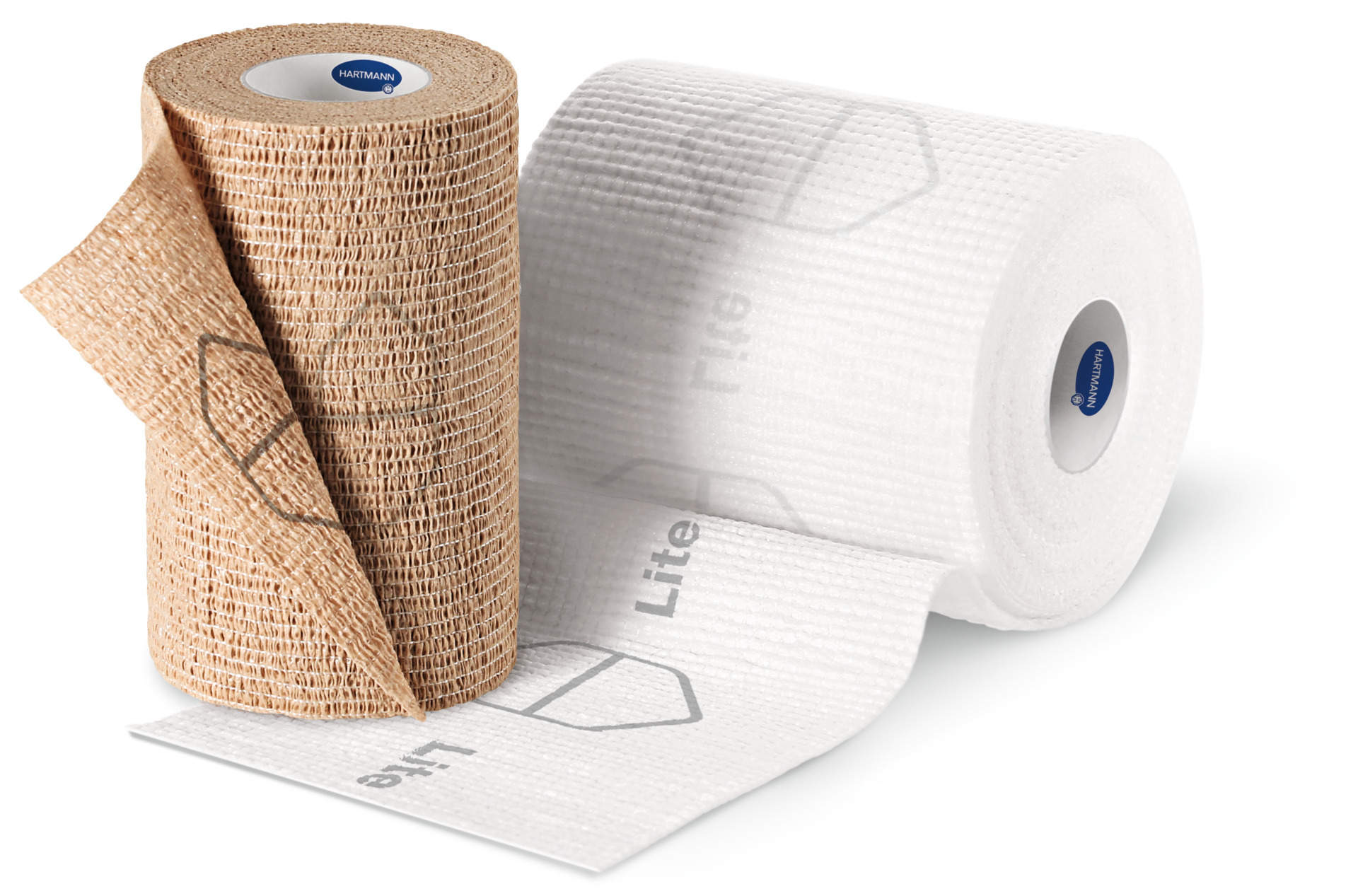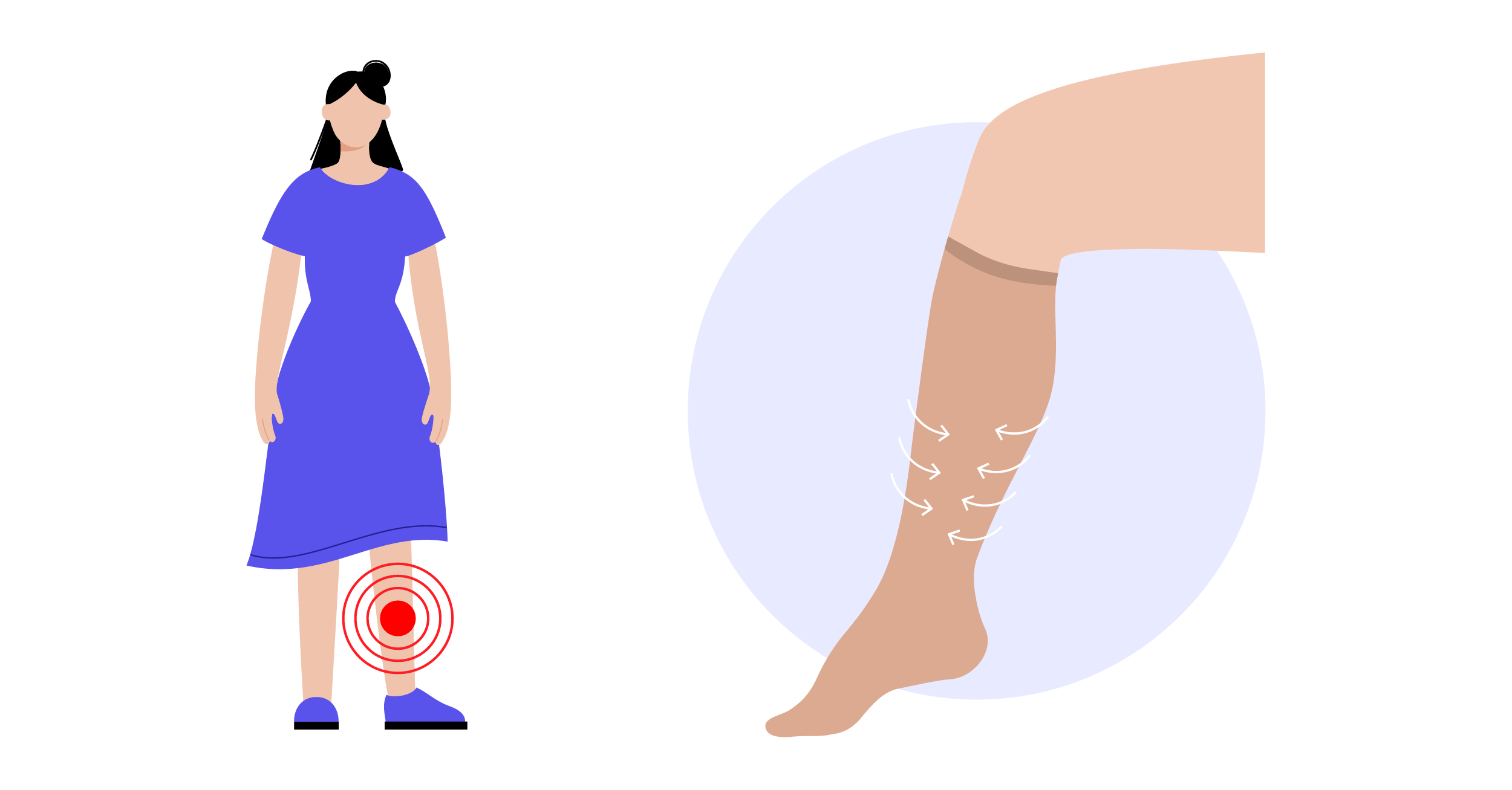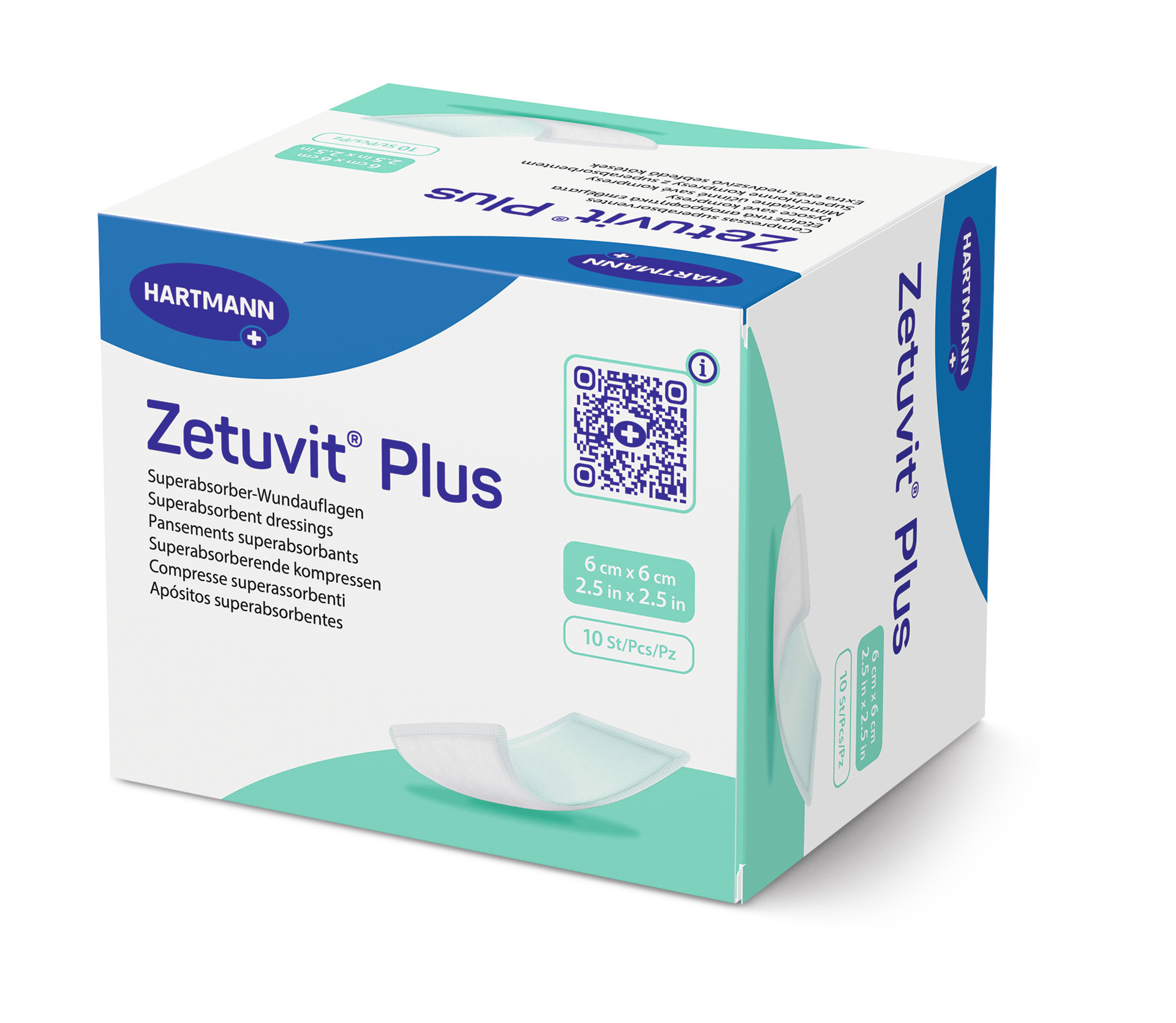
What Is an Unna Boot?
Posted by Michael Hardman, EMT - Medically Reviewed on Jun 25th 2025
What Is an Unna Boot?
Unna Boots are specialized gauze wraps used to treat venous leg ulcers, chronic circulatory conditions, and chronic or slow-healing leg wounds. Unna Boots are zinc oxide-impregnated gauze bandages that are wrapped around the lower limbs of patients. The zinc helps to promote healing, reduce inflammation, and prevent infection, while the compression improves blood flow and reduces swelling.
Unna Boots are designed to protect a patient's wound and to create an optimal healing environment. Unna Boots are typically applied by healthcare professionals and can remain in place for up to one to two weeks, depending on the patient's condition.
Shop: Unna Boot
Materials That Make Up an Unna Boot:
- Zinc-Oxide-Impregnated Gauze: This gauze provides antimicrobial properties and creates a moist environment that promotes healing.
- Compression Bandage: Applied on top of the gauze, this provides compression and a barrier that encapsulates the gauze bandage, offering additional protection. The compression helps improve venous circulation and minimizes swelling.
Unna Boots help manage conditions that require long-term compression and specialized care.
How an Unna Boot Works
Unna Boots aid in multiple stages of the wound healing process. Below is a breakdown of their features:
1. Compression to Improve Circulation
The compression bandage in an Unna Boot typically applies around 20-30 mmHg of pressure.
This compression helps:
- Improve blood flow from the limb back to the heart.
- Reduce venous pooling.
- Minimizes swelling (edema).
Compression plays a vital role in the treatment of venous ulcers and chronic venous insufficiency.
2. Zinc for Wound Healing
The zinc oxide in the gauze offers dual benefits:
- Antimicrobial Properties: Reduces the risk of infection by creating an environment that inhibits microbial growth.
- Skin Regeneration: Zinc supports cell regeneration, reducing local irritation and inflammation to accelerate the healing process.
3. Moisture and Exudate Management
The gauze layer acts as a barrier to:
- Absorb excess wound exudate (fluid).
- Maintain an ideal level of moisture in the wound area, which is critical for tissue repair and tissue granulation*.
This balance enhances the wound's ability to heal more quickly and minimizes complications such as maceration or dryness.
*Tissue granulation is the process where new connective tissue and tiny blood vessels form on the surface of a wound during the healing process. It appears as pink or red, bumpy tissue and plays a crucial role in protecting the wound and supporting the growth of new skin.
4. Immobilization and Padding of the Wound
The Unna Boot provides light immobilization and a barrier between the wound and the patient's clothing. The light immobilization and slight padding help control pain and irritation.
By addressing these key aspects, the Unna Boot not only promotes healing but also helps with pain relief and patient comfort.
Conditions that Unna Boot's Treat
Unna Boots are commonly used to manage conditions such as:
1. Venous Leg Ulcers

Venous leg ulcers are chronic open wounds that typically form on the lower legs or around the ankles when the veins in the legs fail to circulate blood properly. This condition is often caused when the valves in the veins are damaged or weakened, allowing blood to pool in the lower extremities. Over time, this pressure buildup can impair the skin and surrounding tissue, leading to the development of ulcers.
Obesity, older age, deep vein thrombosis, or a sedentary lifestyle can increase the risk of venous leg ulcers. Without adequate medical care, these ulcers can persist for weeks to years and are often prone to infection. Early diagnosis and proper wound care are essential for maintaining the patient's quality of life.
2. Chronic Venous Insufficiency (CVI)
Chronic Venous Insufficiency (CVI) is a long-term condition in which the veins in the legs struggle to return blood to the heart efficiently. This occurs when the valves within the veins, which normally prevent blood from flowing backward, are damaged or not functioning properly. As a result, blood pools in the lower extremities, leading to symptoms such as swelling, aching, skin discoloration, and, in more severe cases, the development of venous ulcers.
CVI can be caused by a variety of factors, including prolonged sitting or standing, obesity, aging, or a history of blood clots in the veins of the leg (deep vein thrombosis). Genetics can also play a role, as individuals with a family history of vein-related conditions may be at a higher risk. Early diagnosis and treatment are key to managing symptoms and preventing complications associated with CVI.
3. Lymphedema

Lymphedema is a condition characterized by swelling, typically in the arms or legs, caused by a buildup of lymph fluid. This swelling occurs when the lymphatic system, which is responsible for draining excess fluid and waste products from the body's tissues, becomes impaired.
Lymphedema can be classified as primary, which is a rare inherited condition caused by malformations of the lymphatic vessels, or secondary, which is more common and occurs as a result of damage to the lymphatic system. Secondary lymphedema is often caused by cancer treatments such as surgery or radiation, infections, trauma, or other conditions that obstruct normal lymph flow. Without proper treatment, lymphedema can lead to discomfort, reduced mobility, and a higher risk of recurrent infections.
Potential Risks and Considerations
While effective, Unna Boots must be applied correctly to prevent complications. Below are the key risks and considerations:
1. Adverse Reactions
- Skin Irritation or Allergies: The materials in the bandage may cause irritation in certain individuals, though true allergic reactions are rare.
- Discomfort: Some patients may report a "tight" feeling that requires adjustment.
- Swelling Beyond the Boot: Improper application can lead to excess swelling in the toes or foot.
2. Severe Complications (Rare)
- Nerve injury (such as peroneal nerve palsy).
- Tissue necrosis or impaired blood flow if the compression is too tight.
- Spread of bacterial or fungal infections in cases of improper hygiene.
3. Contraindications
Patients with specific medical conditions may not be suitable candidates for Unna Boots. These include:
- Severe peripheral artery disease (PAD).
- Uncontrolled congestive heart failure.
- Active infections requiring alternative interventions.
To mitigate these risks, Unna Boots must be applied by a qualified healthcare professional and regularly monitored for effectiveness.
Alternatives to Unna Boots
If a Unna Boot is counter-indicated or not suitable, several alternative products are available to help manage specific symptoms. These include:
1. Compression Bandages

Compression bandages help improve blood flow, reduce venous pooling, and aid in alleviating edema and swelling.
Shop: Compression Bandages
2. Medical Compression Stockings

Medical compression stockings offer similar benefits to compression bandages, with the added advantage of being more discrete and more convenient to use.
Shop: Tan Compression Stocking
3. Adjustable Compression Wraps

Adjustable Compression Wraps again offer similar benefits to compression bandages while being reusable and more easily adjustable throughout the day.
4. Super-absorbent Polymer (SAP) Dressings

For wounds with significant exudate, these dressings help manage moisture, creating an optimal environment for wound healing.
Discuss these options with your primary care physician to determine which alternative is right for your condition.
Shop: Super Absorbent Dressings
Why Professional Care Matters
Unna Boots offer a proven and effective solution for managing venous ulcers, chronic venous insufficiency, and other conditions that require compression therapy.
Consult with a qualified healthcare provider to ensure the best possible outcomes. This post should not be used as medical advice. Contact your physician to discuss your specific treatment needs.
